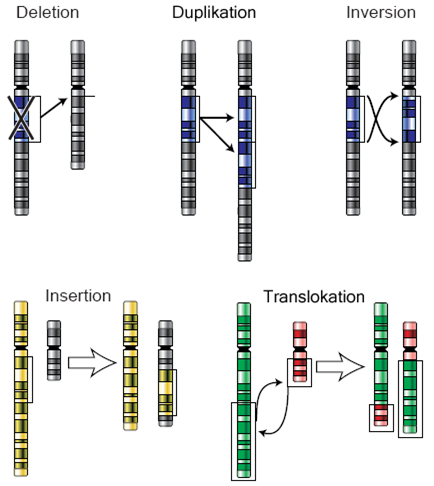When it comes to genetic analysis in reproductive medicine, there exist a number of commonly heard terms, such as Pre-Implantation Diagnosis (PID), Pre-Implantation Genetic Testing (PGT), Pre-Implantation Genetic Diagnosis (PGD), Pre-Implantation Genetic Screening (PGS).
But how can they be distinguished from one another? Are there any differences between them?
I had been asked these questions during one of our regular fertility-information evenings (→ Locations, dates and contents). In the following text I would like to go into more detail on my answers.
Genetic diagnostic procedures are used within the framework of fertility treatment to remove cell material either from an unfertilized oocyte or a fertilized oocyte in a certain stage of embryonic development prior to its transfer to the womb. The removed cell material will then be analyzed for the presence of possible genetic disorders.
Some of the terms describing these procedures are to be understood as umbrella terms (e.g. Pre-Implantation Genetic Testing – PGT), whereas other terms are just translations from English to German (e.g. Prä-Implantations-Diagnostik – PID).
Basically, there are only two terms used in the English-speaking world around which we orient ourselves. The terms are based on the way in which the analysis is performed:
1. Pre-Implantation Genetic Diagnosis (PGD)
This technique is used to explicitly search for certain genetic disorders on the basis of the gathered medical findings. This is the case when for example there is a hereditary disease running in the family. This procedure may also involve the testing of family members.
2. Pre-Implantation Genetic Screening (PGS)
In this case, the focus is not on searching for anything in particular, but on determining the frequency of naturally occurring abnormalities. This procedure involves the “screening” for alterations in chromosome number (presence of an extra copy of a chromosome, or absence of one chromosome from a pair) and/or structural chromosome aberrations (e.g. translocation: rearrangement, exchange of chromosome segments).
In order to be allowed to perform these methods on a couple who wishes to conceive a child, there must be a clear medical indication.
Possible Indications for PGD/PGS:
(according to international guidelines)
- familial predisposition: monogenetic disease, X-chromosome disorder, chromosomal aberration
- recurrent miscarriages
- several failed attempts at IVF
To sum up, PGD and PGS allow – provided that this is medically justified and permitted by law – genetic analyses concerning inherited diseases or chromosomal disorders. The application of these techniques will be thoroughly discussed with the couple and will be determined on after having carefully analyzed the individual situation. The aim is always to increase the chances of a successful pregnancy and the birth of a healthy child.
(Literature available from the author)
Links:
» Genetics in the context of fertility treatment
(Topic-Special | https://www.fertility-treatment-blog.com)
(Start page | https://www.fertility-treatment-blog.com)
(Page | https://www.fertility-treatment-blog.com)

















